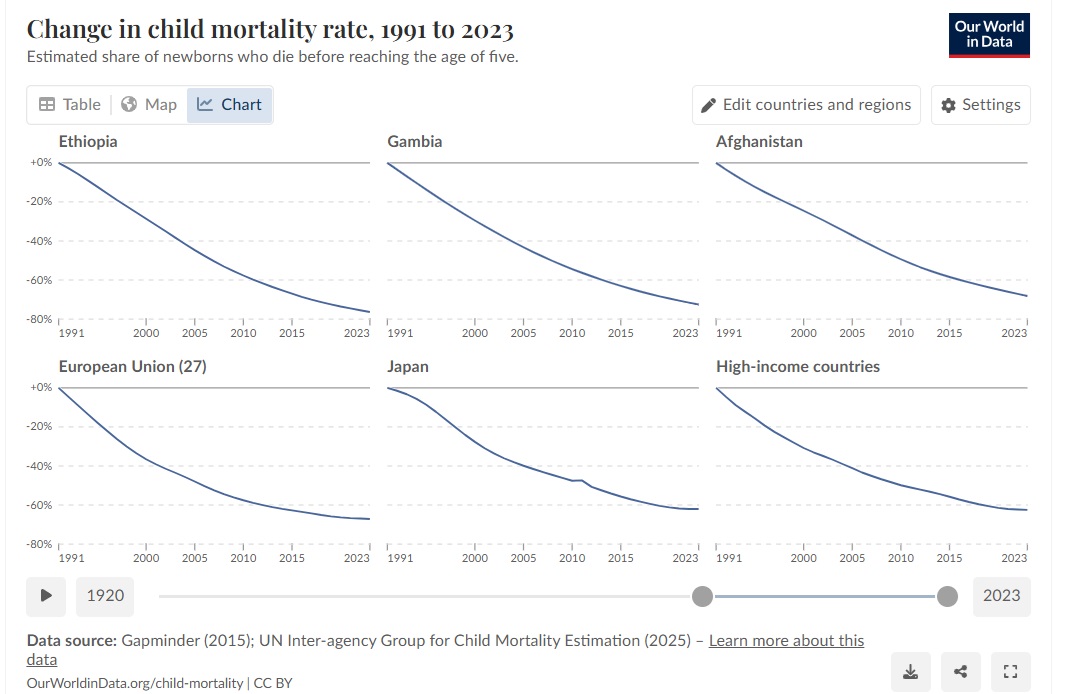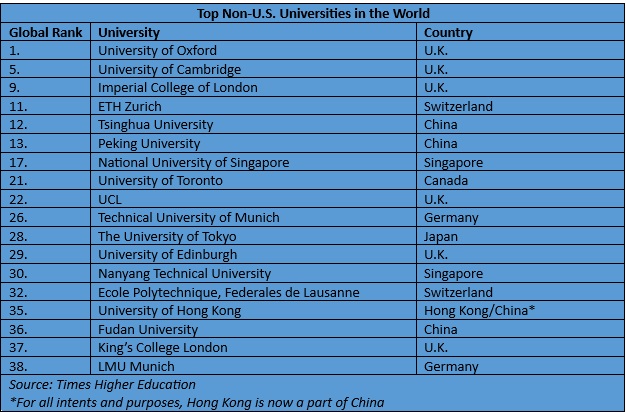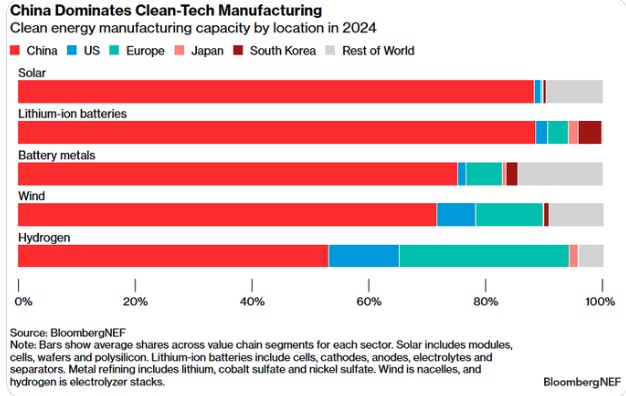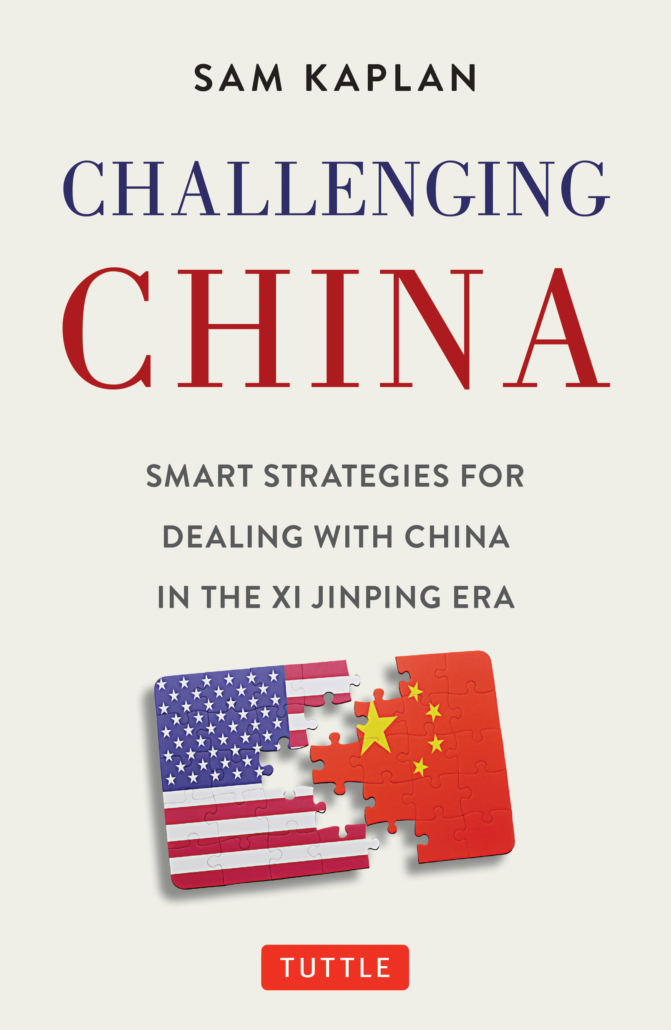We listened this week to the Star Wars episode of The Rewatchables, a podcast examining the most rewatchable movies of all time. We are an indifferent Star Wars fan. Like every kid growing up in the 1970s, we stood in line to see the movie and couldn’t wait to see and loved The Empire Strikes Back. But by Return of the Jedi, we’d tired of the tropes. We fell asleep during the prequels and haven’t seen much of the rest of the universe since (Andor is desperately overrated). However, our attention perked up when the podcast discussed John Williams’ amazing score. They started arguing about which is his best film composition. They named Raiders of the Lost Ark, ET, Jurassic Park, and asserted, with good reason, that Williams is the greatest film composer of all time. And then one of them said, wait, he also composed Jaws. Williams is so good and composed so many incredible film scores that it’s easy to forget that maybe the ominous dum dum, dum dum, is his greatest musical accomplishment.
They barely scratched the surface of Williams’ oeuvre—the podcasters didn’t even cite Schindler’s List, another perfect score. And yet the Star Wars theme is likely his best. It is iconic, so perfect, so uplifting, so illuminating of what the movie is conveying that we stand here before all the world to assert that Star Wars might be remembered fondly by a few but wouldn’t ever have become the phenomenon it is without Williams’ music. As Star Wars fanatics come after us with light sabers fully drawn, we compose our thoughts on progress still occurring in our world, the top non-U.S. universities, and why you should care about China’s clean tech dominance. It’s this week’s International Need to Know, the NBA playoff road team of international information, dominating global data like Jalen Brunson.
Last week we warned that you should add India-Pakistan tensions to your mug of worries. Less than a week later a kegger of crisis has erupted onto the front pages as India attacked Pakistan. We hope tensions settle back to a simmer. But if you want to know what to worry about, the lesson, as always, is to read International News to Know.
Without further ado, here’s what you need to know.
Yes, Many Things Are Still Getting Better
We heard from a number of people after last week’s missive that things sure seem dire in the world. And we’re not here to sugarcoat it–there are lots of worrying trends and events happening in the world. But progress continues on many fronts, and even though the news rarely covers them, we try to. So we turn to the invaluable Hannah Ritchie at Our World in Data, who this week writes about how the child mortality rate continues to decline in both poor and rich countries. She writes, “As recently as 1990, one in five newborns in Ethiopia would die before the age of five. This was the norm across many poorer countries.” Fortunately, Ethiopia and elsewhere have made great strides in child mortality since then, as Ritchie notes, “But in the last 30 years, child mortality rates have plummeted in low-income countries.” In Ethiopia, child mortality rates dropped to 5 percent. Even in war-torn, strife-ridden Afghanistan, child mortality rates are way down, as you can see in Ritchie’s chart below. And even though they start from a low base, there continue to be large improvements in rich countries, as you can also see in the chart. Even in the United States, child mortality is falling. There is a lot of progress out there, even now, and people ignoring it helped lead to some of the worrisome trends occurring today.
Top Non-U.S. Universities
With the assault on research funding by the Trump administration, much of which is used by universities to conduct groundbreaking basic and applied research that makes us healthier, wealthier, and wiser, it’s a good time to examine the top universities in other countries. The U.S. dominates the overall list, accounting for one-third of the top 100 universities in the world. But that is likely to change given current U.S. policies on research funding, academic freedom and immigration. Other countries’ universities were already rising in ability but now will be able to fill the gaps created by current American stupidity (clearly American universities failed at educating our current leaders–wait, maybe they were always ranked too high). Times Higher Education ranks research universities globally. The methodology for ranking universities is always problematic, so take all these rankings with a grain of salt. Times Higher Education tries to assess universities across 18 performance indicators, including research productivity, patents, international students, and other criteria. Chinese universities are adept at gaming citations and patents. Nonetheless, it has become clear that Chinese universities’ research is increasingly productive, so we don’t discount the Times Higher Education rankings of Chinese universities. As you can see, two of the top ten non-U.S. universities are in China—Tsinghua University and Peking University. Five of the top ten are European, with Oxford number one. But Asia now has three, including National University of Singapore. We expect even more Asian universities to rise up the list in the coming years. Singapore, a very small city-state, remarkably has two in the top twenty. Germany, which dominated research in the early 20th century, only has two in the top twenty. American policymakers should take note of that.
China Corner: Clean Energy Matters
Even if you don’t care about climate change whatsoever, even if you think climate change is not that big of a deal, even if you think it’s a hoax, you should still care about the ability to build the components of clean energy: batteries, storage, hydrogen and more. Because these same things that allow you to drive an electric car, which many anti-climate change folks consider froufrou, are also the technologies that allow you to build drones for military use, or desalinate water affordably or a host of other strategic and crucial products to be competitive in this world. As BloombergNEF points out, China currently dominates all of this, as you can see in their chart below. BloombergNEF notes correctly, “Thanks to huge investments, [China] now hosts over 80% of every major part of the solar and battery value chains, three-quarters of battery metal manufacturing, and 70% of the world’s wind technology. Its share of global hydrogen electrolyzer production — just north of 50% — is small only by comparison.” The ability to build solar cells is a manufacturing process that allows a country to do all sorts of other important manufacturing. You may not care about clean energy manufacturing capability, but if so, you should wonder why China cares about it so deeply.




